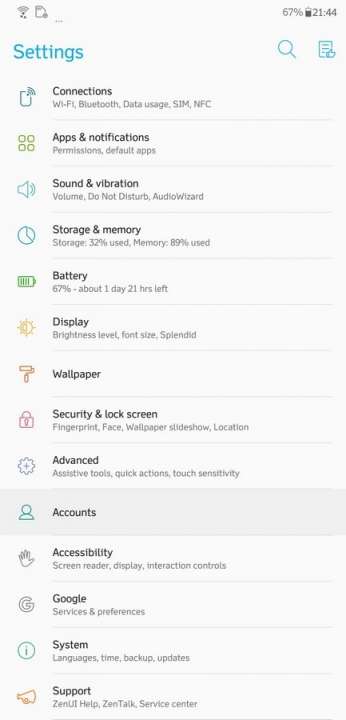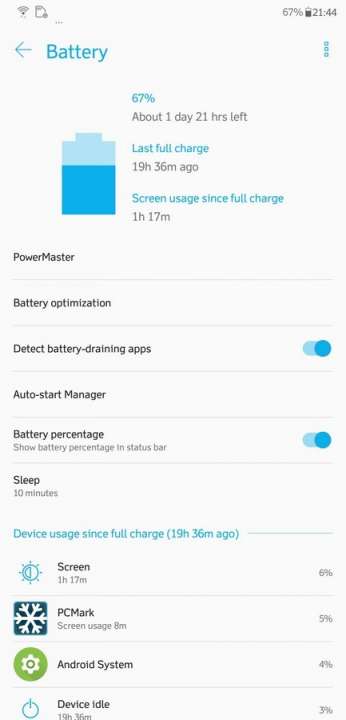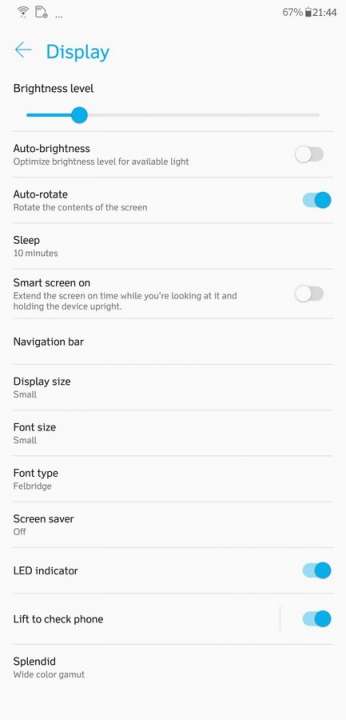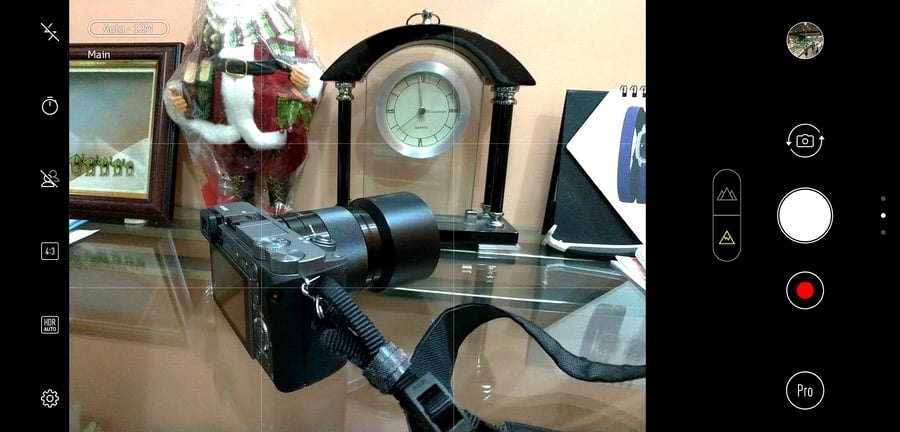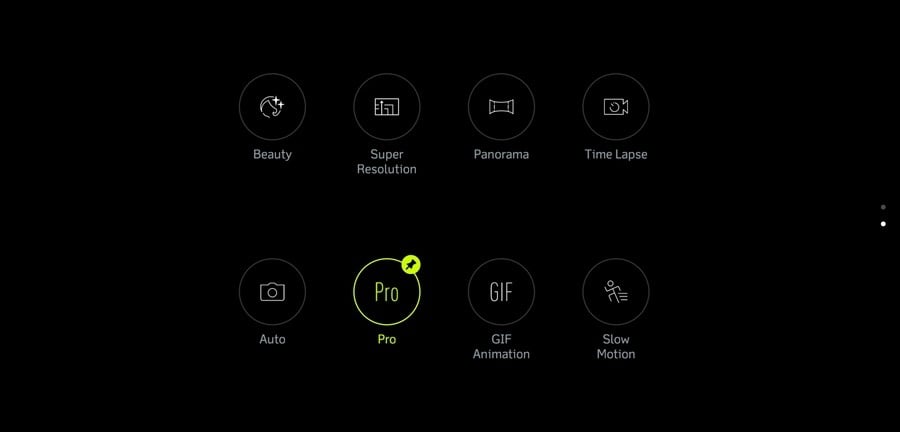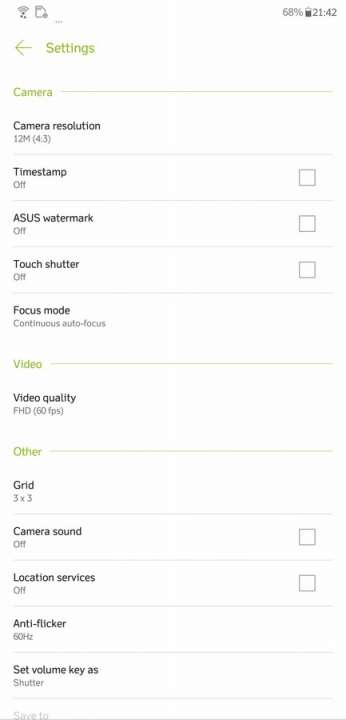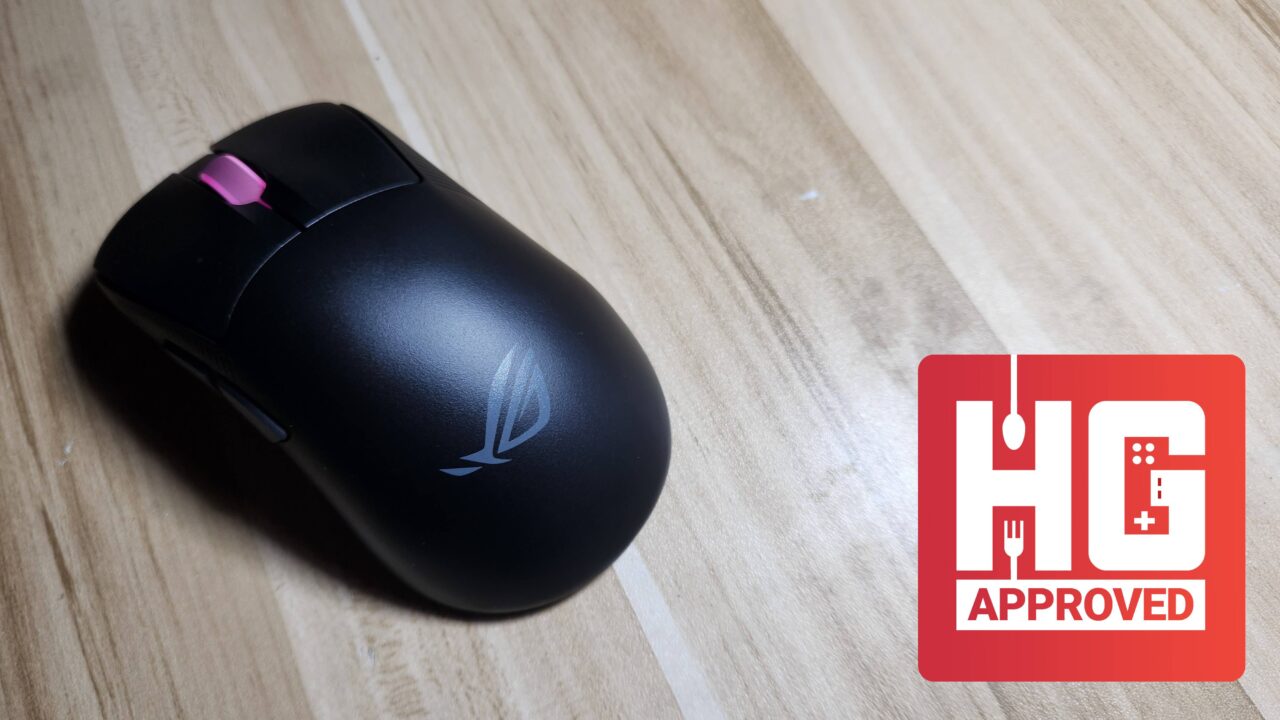ASUS has become a staple in smartphones in the Philippines since their entry in the market back in 2014. In just 4 years, they were able to release a slew of smartphones from high-end beauties to entry-level darlings. In 2017, however, they stumbled a bit with the release of the ZenFone 4 series. Some of the smartphones in the past range were legitimately good, however, some of them were overpriced depending on who you ask.
This year, however, ASUS is bouncing back with the ZenFone 5 series. Officially launched in the Philippines two weeks ago, it’s now time to have a good, hard look at the latest smartphone from the brand. In this review, we’ll be taking a look at the main ZenFone 5 model as it is the smartphone everyone is most interested in. So enough of the dillydally and let’s get on with the review
ASUS ZenFone 5 (2018)

| Chipset | Qualcomm Snapdragon 636 with ASUS AI Boost |
| Screen | 6.2-inch, 19.9, 2246 x 1080, 500 nits, 2.5D Gorilla Glass, all-screen notched display, 90% screen-to-body ratio, DCI-P3 wide color gamut display, AI Display |
| RAM | 4GB/6GB |
| OS | Android 8.0 with ZenUI 5.0 |
| Rear Camera | Primary: 12MP, Sony IMX363, f/1.8, Night HDR, OIS, EIS PDAF; Secondary: 8MP, 120° wide view; 4K recording, RAW file support |
| Front Camera | 8MP, f/2.0 |
| Storage | 64GB expandable via microSD card up to 2TB |
| Network | Dual-SIM, 4G LTE |
| Connectivity | Wi-Fi, Bluetooth 4.2, GPS, A-GPS, Fingerprint Scanner, Face Recognition, USB Type-C |
| Battery | 3,300mAh, BoostMaster, Smart Charging |
Design and Features
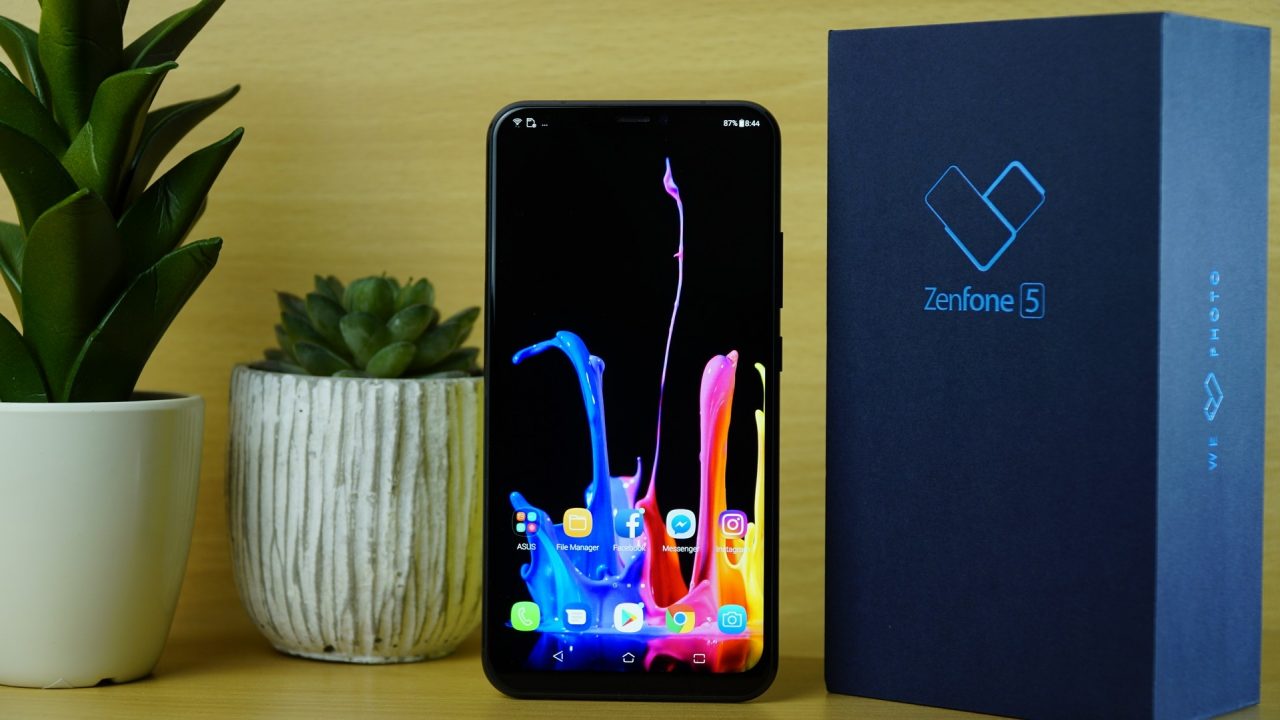
Like most of the recently released flagships in the Philippines, the largest departure of the ZenFone 5 from its older siblings is the display. Instead of a traditional 16:9 display, the ZenFone 5 now has a 6.2-inch notched display with an aspect ratio of 19:9 leading to a resolution of 2246 x 1080. Due to the tall aspect ratio of the display, ASUS is able to reach a whopping 90% screen-to-body ratio with the latest iteration of the ZenFone 5.
Aspect ratio, however, is only one part of the equation. Good color rendition is usually more palatable to more people rather than sheer technical specs of the display. The AUS ZenFone 5 is able to reach the DCI-P3 wide color gamut standard, which allows the screen to display a larger spectrum of color. The display is also bolstered with its brightness with screen able to reach up to 500nits of brightness. ASUS has also implemented an AI Display feature that allows the screen to automatically adjust the brightness, temperature, and color of the screen depending on your lighting as well as the content that you are currently viewing or watching.

Amidst the notches of the ZenFone 5 are the speaker grilles, a light sensor, as well as the front-facing 8MP camera. The front shooter is powered by an OV8856 sensor. ASUS has also implemented Face Recognition that allows its user to unlock the smartphone by only using their face. In our experience, the Face Recognition in the ZenFone 5 has been massively improved over the ASUS ZenFone Max Plus. Detection is fast and it works most of the time even in low-light conditions.

ASUS has integrated the navigation keys of the ZenFone 5 to the screen in order to maximize the display. They have also chosen to move all the ports down to the bottom of the smartphone. This means that the USB Type-C, microphone and speaker grilles, and the 3.5mm jack are now found at the base of the smartphone.
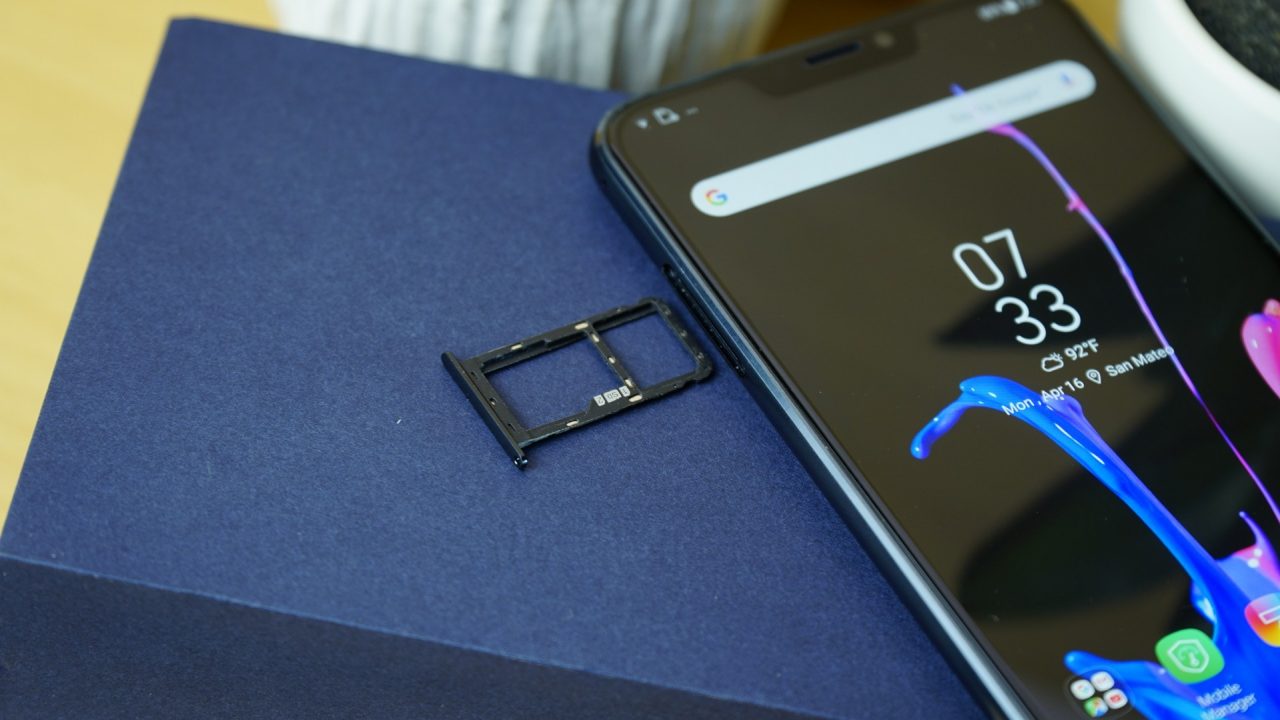
The ZenFone 5 supports a hybrid tray that can be ejected by using the included SIM tray pin from the box. The hybrid tray allows the use of two SIM cards or a SIM card and a microSD card in case you want to increase the 64GB internal storage of the smartphone. We would have liked to have a triple slot SIM tray instead of having to choose two SIM cards or a SIM card plus a microSD card.

The rear of the ZenFone 5 oozes subdued elegance with its design. It isn’t as attracted to fingerprints compared to other smartphones in ASUS’ recent ZenFones but it is a dust magnet nonetheless.

At the rear of the smartphone is its dual rear camera setup composed of a 12MP f/1.8 primary camera powered by a Sony IMX 363 sensor and an 8MP f/2.0 120° wide-angle secondary shooter with LED flash. Just beside the cameras are the smartphone’s rear-mounted fingerprint scanner.
We think that the overall design of the ZenFone 5 is the culmination of everything ASUS have learned in their 4 years of stay in the smartphone market. It still preserves some of the design choices that they have made with the past such as the shiny rear of the smartphone but integrates more modern features such as a notched display.
User Interface
The ASUS ZenFone 5 employs the use of Android 8.0 Oreo with the brand’s trademark ZenUI 5.0. As far as familiarity goes, the new version of the ZenUI is still the same with its previous iterations. The control panel can still be accessed by swiping down from the top of smartphone while the bloatware on the smartphone are still kept to a bare minimum.
Entertainment

The notch on the ZenFone 5 doesn’t really help when watching content. Most videos you’ll watch will automatically resize themselves on their respective aspect ratio. The user, however, can pinch out to maximize the video to the whole screen. It isn’t as immersive as a smartphone with an 18:9 screen since part of the image is cut out but it’ll do if you really want to. Colors on the display on the ZenFone 5 are great. They are accurate and well saturated while the blacks are well-defined.
The bottom-firing speakers on the smartphone has been improved over the ZenFone 4. The lack a bit of detail but the low notes coming from the speakers are punchy. Volume has also been increased. This means that while the ZenFone 5’s speakers’ are not the best in the market, they will still perform quite decently in a pinch.
Camera
The ASUS ZenFone 5 retains all the features you have gotten used to from previous smartphones from the ZenFone line. In the camera app, you can choose from several options such as Auto, Pro, Super Resolution, Panorama, Time Lapse, GIF Animation, and Slow Motion. ASUS has also added RAW support for the ZenFone 5 to cater to photographers aiming to do some post-processing with their photos.
The ZenFone 5’s cameras also employ AI learning. This allows the cameras to automatically apply the settings you prefer. It also has 16 different automatic settings that the smartphone will automatically switch to depending on the scene like landscape, dog, and cat modes.
The ZenFone 5 uses ASUS’ SelfieMaster for its beautification. You can pretty much set your own preference when it comes to taking selfies. You can enhance your eyes, have thinner cheeks, smoother skin, or if you prefer, have it all on automatic and let the smartphone decide what’s best for you.

ASUS has also added ZeniMoji, which is basically their take on the AniMoji. At this time there are only three characters to choose from with ASUS’ own Zenny mascot present. They work just fine although there is a bit of lag here and there. There’s also a bug relating to people with squinty eyes. If you are one of those people, there is a tendency for the Emoji’s eyes to fidget uncontrollably. Although we assume that ASUS will roll out a fix for this bug sometime in the future.
The 12MP f/1.8 primary rear camera delivers decent images with detailed shadows and objects as well as natural-looking colors. They are a bit under saturated on close inspection but nothing too distracting.
The 8MP f/2.0 wide-angle secondary camera, despite the lower pixel count, also takes well-detailed photos (although not as detailed as the primary shooter). It is also more saturated compared to the primary camera. If you, however, want to take great looking landscape photos, you’ll be better off using the panorama mode instead.
The front-facing 8MP f/2.0 delivers great looking photos with good saturation of colors. The beautification is still quite aggressive when the ZenFone 5 is left to its own devices. If you want natural-looking selfies, you might want to back off the beautification or turn it off altogether.
Performance and Benchmarks
Inside the ASUS ZenFone 5 is the Qualcomm Snapdragon 636 SoC. Inside the SoC are eight Qualcomm Kryo 260 processors while graphics are handled by a Qualcomm Adreno 509 GPU.

They deliver optimal performance most of the time and paired with ASUS AI, the SoC will know when to ramp down performance when the smartphone is on idle as well as when to deliver the full blast of performance when playing or running benchmarks.
As far as benchmarks go, the ZenFone 5 was able to reach as score of just under 6,000 in PCMark 2.0 while it was able to reach the 140,000 mark in AnTuTU.
Battery Life
Powering the ASUS ZenFone 5 is a 3,300mAh battery. They’ve also implemented AI charging (which is actually just machine learning) that allows the smartphone to read your charging habits and boost the charging rate of the smartphone when it reads that you really need to charge the phone when it’s, let’s say, the morning and you need to go to work.

It slows down charging when the smartphone is left plugged in to the wall when, for example, you’re sleeping. This means that it can prolong the battery life in the long run.
Based on our usage, the 3,300mAh battery on the ZenFone 5 was able to last a day’s worth of medium usage with occasional WiFi, data, and video usage. Charging at its fastest will take around just around an hour from 20% to 100%. As far as benchmarks go, the smartphone was able to last just above 9 hours in PCMark 2.0’s battery test.
Conclusion
In our opinion, the ASUS ZenFone 5 is one of the best smartphones that ASUS has released through its 4-year stint in the smartphone industry. The price is nothing to scoff at as well as it is reminiscent of the original ZenFone 5; great specs at a competitive price.
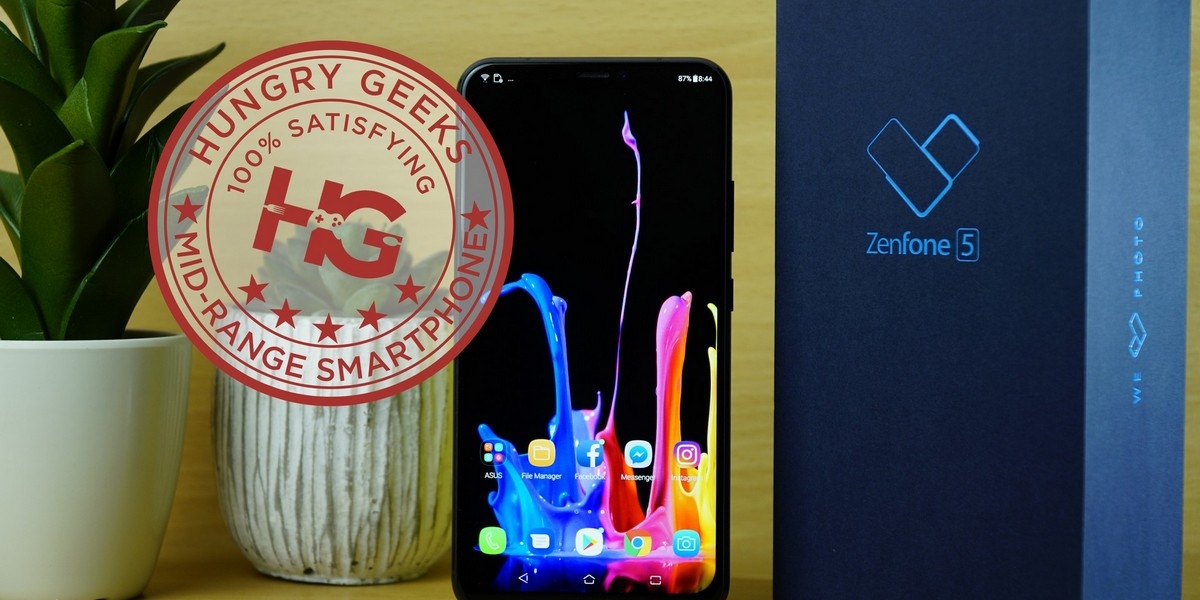
With great overall performance from the SoC to its cameras, we’ll be giving the ASUS ZenFone 5 our Satisfying Mid-Range smartphone award. The ZenFone 5 is the best showing from ASUS so far. Its name fitting as it harkens back to the roots of the ZenFone brand; great specifications, impressive performance at a decent price.









